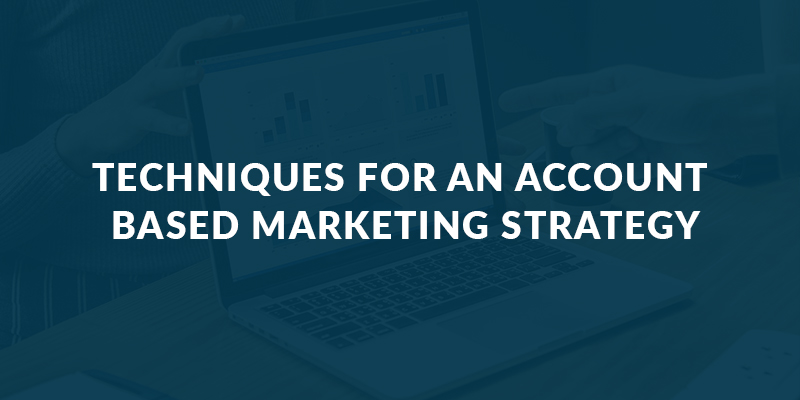
Techniques for an Account Based Marketing strategy
minutes read
Account-Based Marketing (ABM) is a prevalent and much-advertised pattern nowadays in B2B. Most professionals and figured pioneers would concur that CRM assumes a basic job in any account-based methodology.
As of now, B2B advertising is being altered by the beginning of account-based marketing (ABM). Obviously, we’ve known about promoting being “reformed” previously, so what’s different about ABM?
The genuine guarantee of ABM – more profound commitment at your most important target accounts, progressively and strategically pitching and up-selling opportunities inside your current records, and more prominent buy-in from every key partner and leader – in the sacred chalice of advertising. What’s more, it is just made conceivable by making, creating, and utilizing top-notch account-based content (ABC).
The account-based marketing (ABM) field has seen gigantic development in recent years, as innovation has developed to give vital bits of knowledge to target explicit records, as opposed to an expansive swath of potential prospects. With this market, development comes a bounty of instruments, items and applications. It helps to give ABM knowledge yet may not offer the full degree with regards to lead the executives, customized crusades, prospect commitment and information improvement.
CUSTOMIZING CONTENT QUICKLY AND EFFECTIVELY WITH ACCOUNT-BASED CONTENT (ABC)
On the off chance that conventional showcasing resembles sardine angling with a wide net, account-based marketing is spearfishing for whales. It includes profiling and focusing on perfect records that are well on the way to close and are most useful to your portfolio. In any case, to focus on these records – and all the more explicitly, to focus on the different key leaders and partners at each dimension of the record that really impact the choice regardless of whether to finalize the negotiations – you require profoundly granular particularity and understanding into the record’s association and chain of command. Basically, you require great market knowledge information.
With this information, you can make ABM plays that are explicit and successful. When you have sectioned your purchaser personas, you can tailor your informing and repurpose existing substance to reverberate with every decision-maker.
Here are 4 ways to do account-based marketing using Salesforce following the #FlipMyFunnel model for account-based marketing.
- Identify
Your Salesforce CRM is loaded with information on your prospects, openings, and clients. Utilizing the information you have, you can construct your ideal client profile (ICP). Having an all-around characterized ICP is basic for an account-based approach in light of the fact that your showcasing exercises, strategies, and projects will be laser-centered around a best-fit arrangement of records.
The Prospector tool from Salesforce Data.com allows you to have verified data from the get-go. It offers more than 100 fields of account data, including corporate linkage through the D-U-N-S number from Dun & Bradstreet.
2. Expand
When you’ve assembled the right record information, you’ll have to extend the account’s profile with contact information. These contacts ought to line up with the purchaser personas in your ICP.
For a more tech-based approach, data services like Data.com Prospector can also plug into Salesforce and allow you to search and import contacts at specific accounts.
3. Engage
Since you’ve recognized your objective records in Salesforce and guaranteed the contact information for every one of those records is exact, you can start the fun piece of record based promoting: engagement. To do this, you require a technique for how you’ll draw in the contacts in your objective records. Contingent upon what phase of the buy choice the record is in, you’ll have to utilize distinctive activities and strategies.
One of Salesforce’s best features is its ability to record engagement with your contacts. You can also use your marketing automation system to track engagement, then import that data into Salesforce for aligning with sales teams, prioritizing, and further engagement.
4. Advocate
The fourth and final stage of account-based marketing is Advocate. So now with the Advocacy phase of ABM, you need your clients to have a fabulous affair so they will turn out to be raving fanatics of your business. Account-based marketing goes past the conventional B2B purchaser’s adventure and into an account’s finished client venture. The lifecycle of a record does not end when an arrangement closes. It’s tied in with having a long-haul association with your clients.
